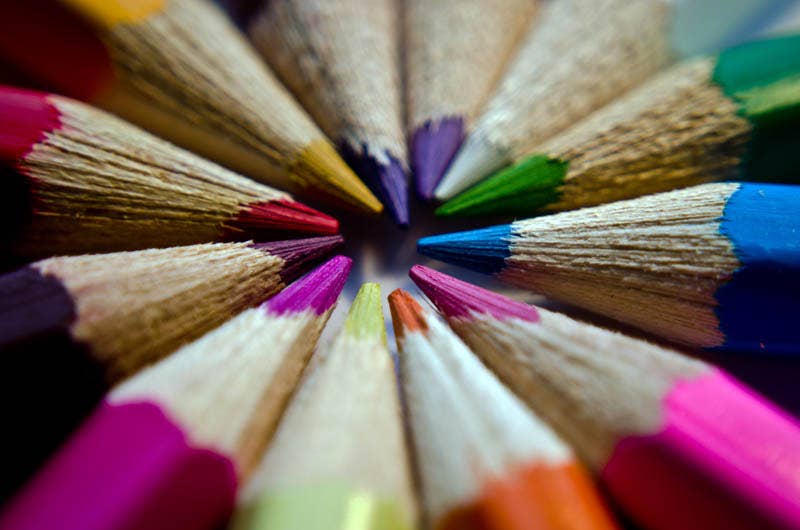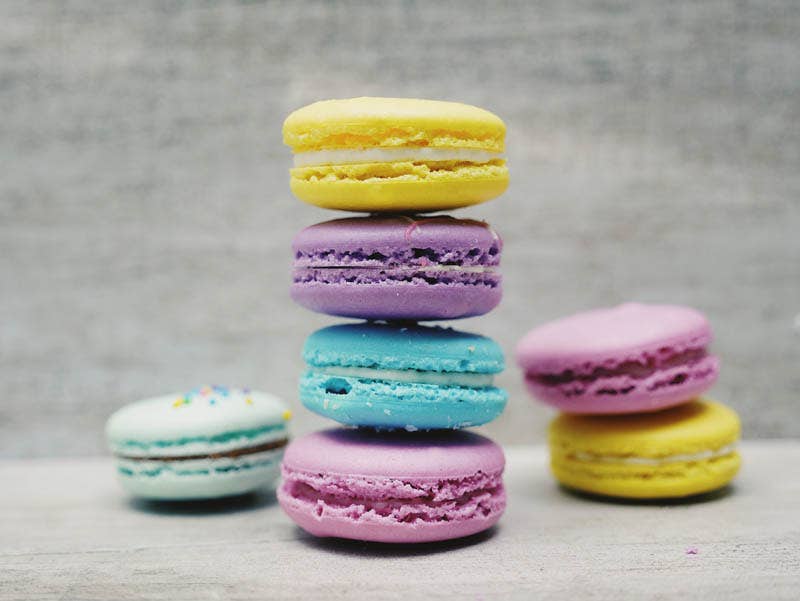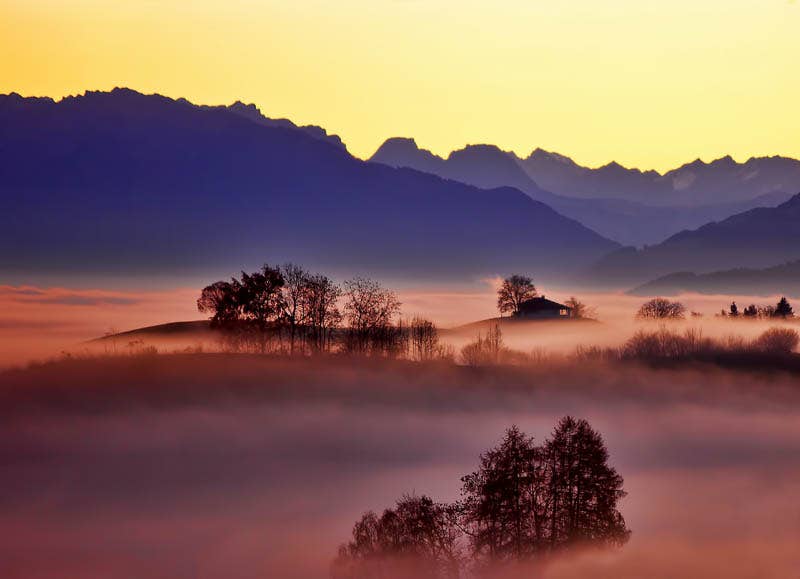How to Use Colour Theory in Photography
While popular photography styles and trends change over time, there’s one type of photo that will never go out of fashion: A well-balanced image with appealing, impactful colour. In spite of this, taking harmonious colour photographs is sometimes easier said than done. Between changing lighting conditions, moving subjects, and camera settings, achieving the perfect colour balance can be tricky.
Enter: Colour theory.
For decades, designers, artists, and photographers have used colour theory to determine colours that can be combined for maximum impact. But what is colour theory, and how can it be applied to photography? Read on to discover the answers and more.
The basics of colour theory
Basic colour theory can be explained as the process that any creative practitioner who works in a visual medium - whether this is painting, illustration, design, photography, or the like - goes through when choosing a colour palette for their work. Generally, this process is a little more complicated than holding swatches of colour up next to each other and deciding whether they look good together.
Instead, most artists, designers, or photographers decide on the feeling or mood they want to evoke, then use the principles of colour theory to choose colours that help them achieve this.


The Colour Wheel


The Colour Wheel tool is a simple graphic that demonstrates how all colours are related to one another to some degree, and can be mapped as a spectrum. By highlighting the relationships between colours, the Colour Wheel makes it easy to see which ones look good together - and which ones don't. In this way, it can help you quickly decide on colour combinations that may work in your artwork.
Top Tip: Don’t have a printed Colour Wheel? No worries! There are plenty of Colour Wheel Online Tools that can be found through a quick Google search.
Colour Combinations
When looking at the Colour Wheel, it’s important to understand the different types of colour combinations that you can make. The 5 main types are:
- Complementary colour combinations, or pairs of colours that are found at opposite sides of the Colour Wheel. As total opposites, these colours are impactful due to their contrast.
- Analogous colour combinations, or groups of colours that sit next to each other on the Colour Wheel and are closely related. Using these together can be visually overwhelming, so we recommend choosing one as the dominant colour and using the others sparingly.
- Monochromatic colour combinations, or a grouping of multiple shades and tints of one colour. For example, this could mean using multiple shades of red in one image.
- Triadic colour combinations, or three colours that are evenly spaced on the Colour Wheel. This typically gives a bold, high contrast effect.


- Tetradic colour combinations, or four colours that are evenly spaced on the Colour Wheel. Again, this can be visually overwhelming, so try choosing one dominant colour and using the other three for accents and details.
Other Ways to Use the Colour Wheel


In addition to helping you choose colour combinations, the Colour Wheel can be used to create warm or cool “moods”. As a guide, “Cool” colours include Blues and Greens, while “Warm” colours include Reds and Yellows.
Top Tip: The main colours on the Colour Wheel are known as “hues”, and can be darkened to create “shades” and lightened to create “tints”. This knowledge can come in handy when producing monochromatic colour combinations.
Applying colour theory in photography
Because colour theory relies on the ability to pick and choose the colour of settings and subjects, it’s generally easier to use in a studio environment than outdoors.
During an indoor portrait photography shoot, for example, colour theory can be applied when choosing a background or even putting together an outfit for the subject to wear. It can also be used when selecting colour gels for your studio lighting set up: As you become more familiar with the theory, you’ll be able to choose gels that either contrast or harmonise with the colours within your frame.


While it’s a little trickier to apply colour theory to landscape photography or other outdoor settings, it’s not impossible! You might have less control over your subject or setting in this environment, but you can still use the Colour Wheel to easily identify prime photographic opportunities.
By getting familiar with the Colour Wheel, you’ll be ready to pounce if you happen to find harmonious or contrasting colours in nature.
Managing colours throughout your shoot


To make sure that all your hard work learning about colour theory doesn’t go to waste, develop a clear colour management workflow for every shoot. As a guide, this means:
- Adjusting your white balance carefully
- Shooting in RAW to ensure adjustments in post-production don’t affect your image quality
- If you use a monitor for editing photos, calibrate it to ensure you have an accurate representation of colours within your image
Manage your colours with expertise
Master colour theory & learn how to take better photos now
While colour theory can seem complicated at first, it’s well worth wrapping your head around this basic artistic principle. By mastering the Colour Wheel and learning how to quickly identify effective colour pairings, you can enhance the quality and visual impact of your images significantly.
Put your skills to the test by trying your hand at portrait photography, or discover more photography tips and tricks on our blog today!
Next Post
Microphone Buying Guide
Previous Post
5 Tips to Master Bird Photography From Home




